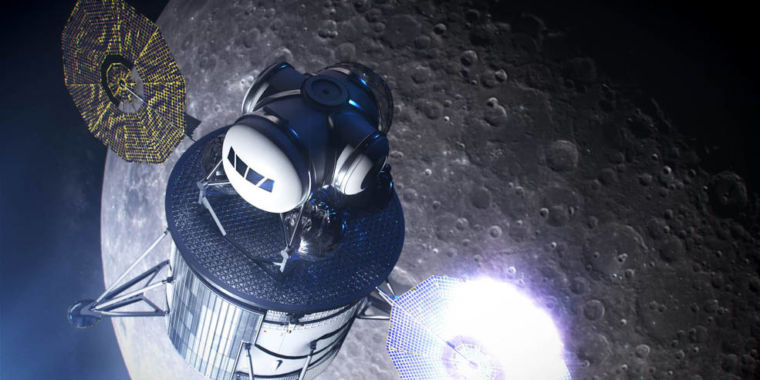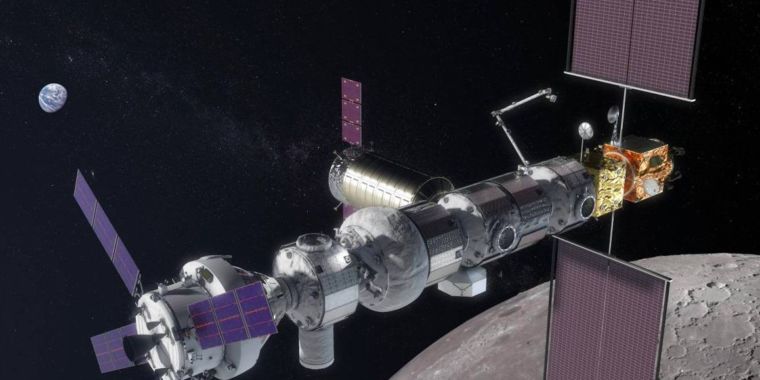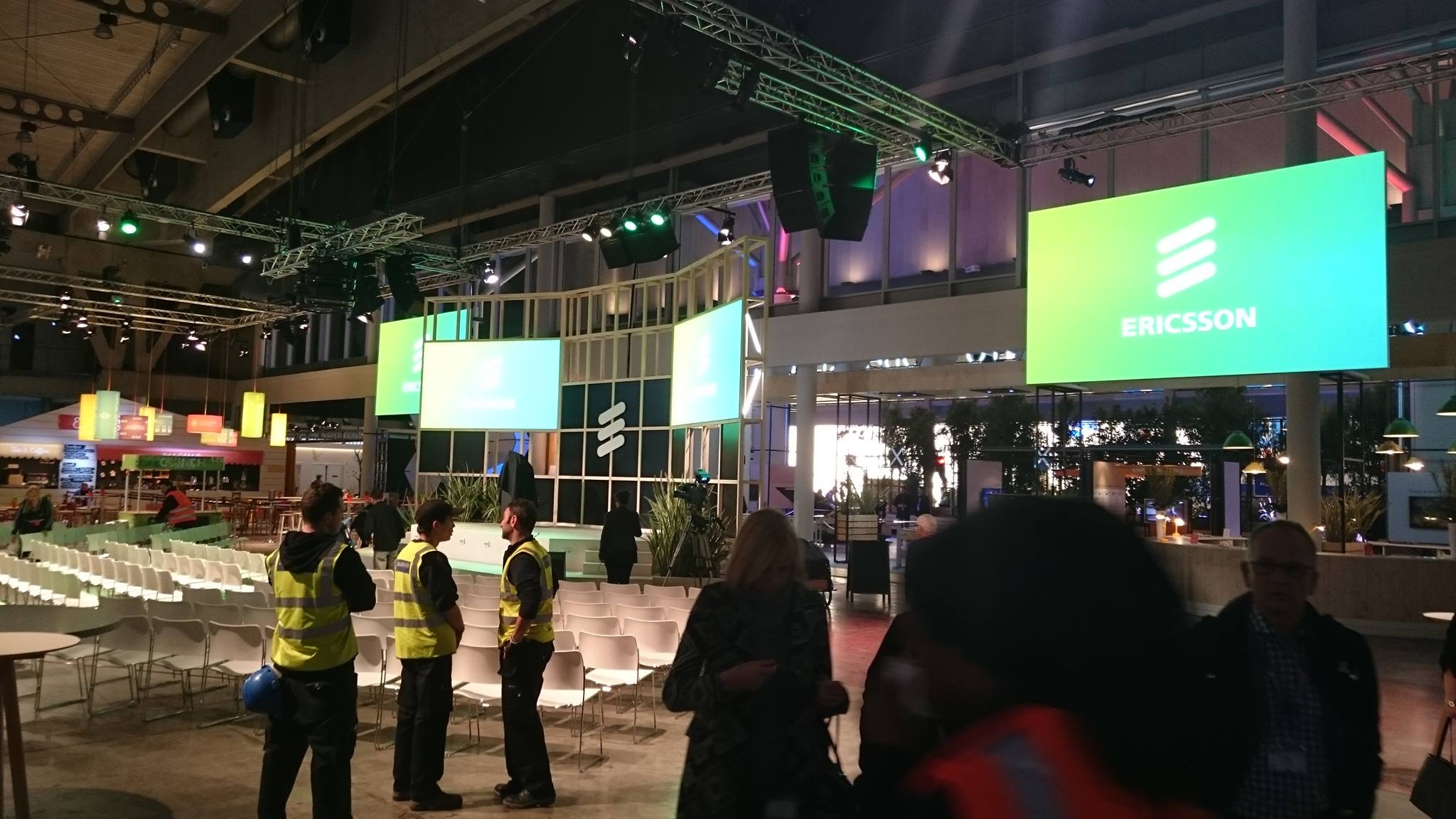It is the week of the 50th anniversary of the first moon landing. And a bit surprisingly it seems like there may actually be a return to the moon within the next decade! Though there are technical, monetary and political challenges to be overcome first.
The Economist has a good summary of the different national plans, and some of the “why”.
Is it time to go back to the Moon?
Lunar Exploration - Probably, yes
The fun thing is that the new 2024 deadline is being driven by Trump. He would like to have this milestone with his name against it before he leaves at the end of a second term. But to do that he will need money from the Democratic congress to accelerate the original (and already challenging) timeline of 2028. Want to bet the Democrats will give it to him?
This is all part of the ongoing debate in the US and elsewhere about where to point a manned space program as the International Space Station’s end comes into sight. Bush said Mars, knowing it would never happen on his watch. The efforts there were never serious. It can be done. But the technical and logistical challenges are huge. It would demand a financial and political commitment that to be sustained for over a decade. I struggle to see how any single government will do that (from the US or any other nation). Elon Musk’s plans are a wild card. But even they have to be regarded as speculative.
Obama effectively killed the Mars plans. Instead the target was made an asteroid landing. And along the way the moon reappeared. But now Trump’s administration, with an eye to its legacy, says it will be the moon again. Fair enough. There are hairy logistical challenges to face as well though.

NASAs description of the “Gateway” to the Moon
The US probably has a rocket for the job (the delayed and over budget SLS). It should have a spaceship to carry astronauts (the delayed and over budget Orion). The gateway is under contract (even if the timelines are to be advanced and it will be smaller than planned). The missing element is the moon lander itself.
Here’s a reality check on NASA’s Artemis Moon landing program
Where is the Lunar lander?
If all the political stuff bores you, then there is the question whether the “Gateway” idea is a good one at all. NASA likes it as it is a permanent piece of infrastructure that will anchor the manned program beyond low-earth-orbit (LEO) for years. But if your longer term objective is Mars or elsewhere, then it may actually be a speed bump.
In the case of going from LEO to the lunar surface, the delta-v required is 6.1 km/second (it takes 4.1 km/s to get from LEO to low-lunar orbit and another 2.0 to get from there down to the surface). By contrast, to go from LEO to the Gateway’s proposed halo orbit—and then to the lunar surface—requires a delta-v of 6.85km/s.
Put another way, a spacecraft could leave LEO, reach the surface of the Moon, and return directly to Earth for a total delta-v cost of 9.1km/s. To do the same mission through the Gateway, both coming and going, requires a delta-v of 10.65km/s, a 17 percent increase. This is one reason why Zubrin has taken to calling the lunar Gateway a “toll booth,” because it adds significantly to the energies needed to reach the Moon.
NASA says it’s building a gateway to the Moon—critics say it’s just a gate
“It is the next giant leap into quicksand.
Personally I think the solution to these various problems would be to massively increase the (relatively modest) spending there is on space exploration and do all of these things – moon with Gateway, a Mars program and whatever else besides. In the US NASA costs the average tax payer about $55 per year (0.5% of a $10,500 annual tax bill). And in Europe the European Space Agency is about €10 per person.
I doubt there is much political appetite for that though. Especially as in the mean time the public seems to be largely happy getting its space fix in a cheaper, and far more spectacular form from Netflix, HBO, and Amazon…














Recent Comments